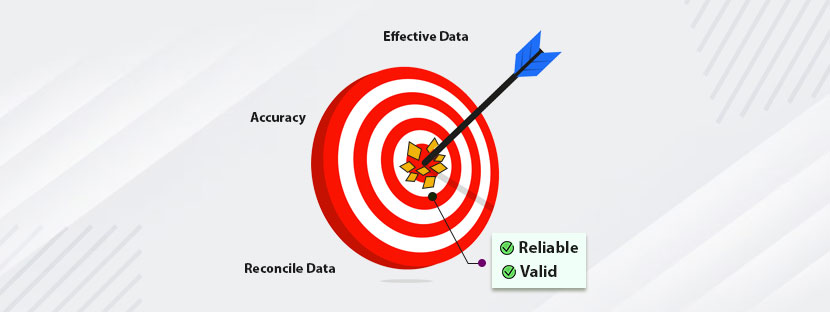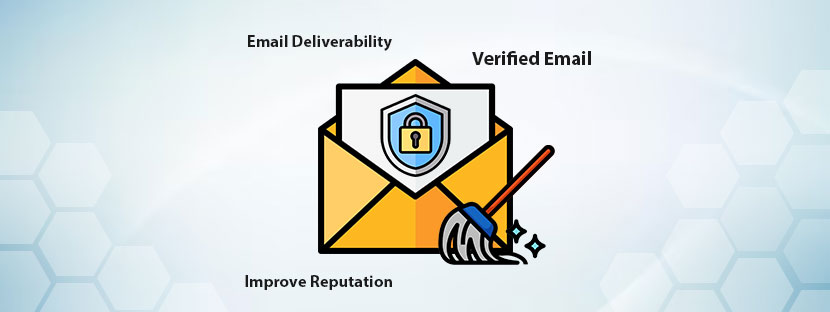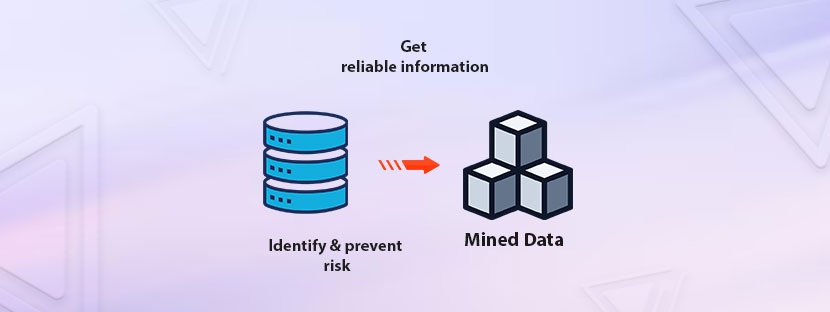In This Article
Before checking data compatibility, putting the data into random software might not yield the desired results. Data profiling is a medium for checking data compatibility. Following all data profiling steps will prepare your data for further processing.
Establishing relationships with each data point of your database is the main goal of data profiling. Simply put, it’s a way of understanding your data more precisely, arranging it in order, and deploying it as per your needs.
This blog will help you capture details of each step involved in data profiling. Let’s begin!
Data Profiling Steps (Simple 4-step Process)
Besides making your data compatible with different systems, data profiling also helps in cleaning the datasets. But, most interestingly, it helps to improve the quality of your data. It can do many things more. You just need to follow these steps to profile your data accurately.
1. Data Collection
How to do data profiling? The answer is “when you have the data’”. To initiate profiling, you need data and for that, start with proper data collection. Extract different sources and gather data from them for analysis. To collect data from a large-scale database, you can rely on tools (nowadays, they’re available freely or via subscription). Otherwise, you can hire a dedicated team for this data collection purposes.
2. Data Discovery
Starting with data discovery, investing and analyzing different elements of the collected data are the next data profiling steps to be followed here.
Discover your collected data in the following three ways;
All these ways help you understand different elements of your data much better. Further, it helps to gain more meaningful insights from your data. Each process is different and conveys different insights about the data.
In structure discovery, you have to check whether your data is organized in the right order or not. If not, you have to standardize your data into one format. For example, if your ‘Name filed’ has data in different formats (like K. Middleton, Rose M, Joshua Jorge…) then you can choose any one format to arrange the data field.
Further, you can take the help of some statistical measures (namely mean, median, mode, etc) to standardize your datasets.
Now, dig deeper into data attributes, and initiate content investigation. Here, in this process, you need to check the attributes of your data more precisely. Find out null values, duplicates, empty values, and other anomalies. To do this process accurately, you need some knowledge about the data that you are working with.
For example, in the case of adding missing values, when you have phone numbers collected from a particular zone without zonal/country codes. Then you can add codes before the numbers to make the database easier for the user. This way it will enhance the quality of your data manifolds.
Heading now towards relationship establishment. Here, you have to relate each dataset to another. For example, placing the ‘city’ field next to the ‘pin code’ may help establish a relationship between both data fields. It makes it easier for the data users to get the data one time and use it rationally.
Hence, visualizing your data is more important here and for that, you need to segment the database in order. But remember, you must apply all the measures to your entire database. Partly applying the data discovery measures would not bring the desired results. Rather, it may skew the entire thing.
3. Documenting Measures
Following the most vital data profiling step, which is documenting, you have to document all measures here.
You might have applied different measures to your database to standardize your data. So, you need to consolidate it through this documentation process. Thus, document every single detail of your database in a precise manner. This will bring accuracy to your data profiling work. Further, it will help you to make changes in your database later in the future with accurate measures.
4. Quality Monitoring
After documenting all rules and changes, you need to take action for necessary corrections. Set a quality parameter to measure data quality standards frequently. Data profiling is a constant process and you need to maintain it throughout to get better results.
Data needs frequent updates, or else, it causes errors. So, following up on all data profiling steps is crucial to eliminate errors from your database. But, it must be done on a regular basis to keep your data clean and compatible.
Final Words
Using a tool for data profiling is a good way to start with. However, in the long run, you need a fixed solution. Many companies nowadays outsource data profiling services as a fixed solution to this case. Through outsourcing, you can get be best people and skills who are well aware of all data profiling steps accurately. This way, you can manage data profiling and make your database super competitive for further analysis.












